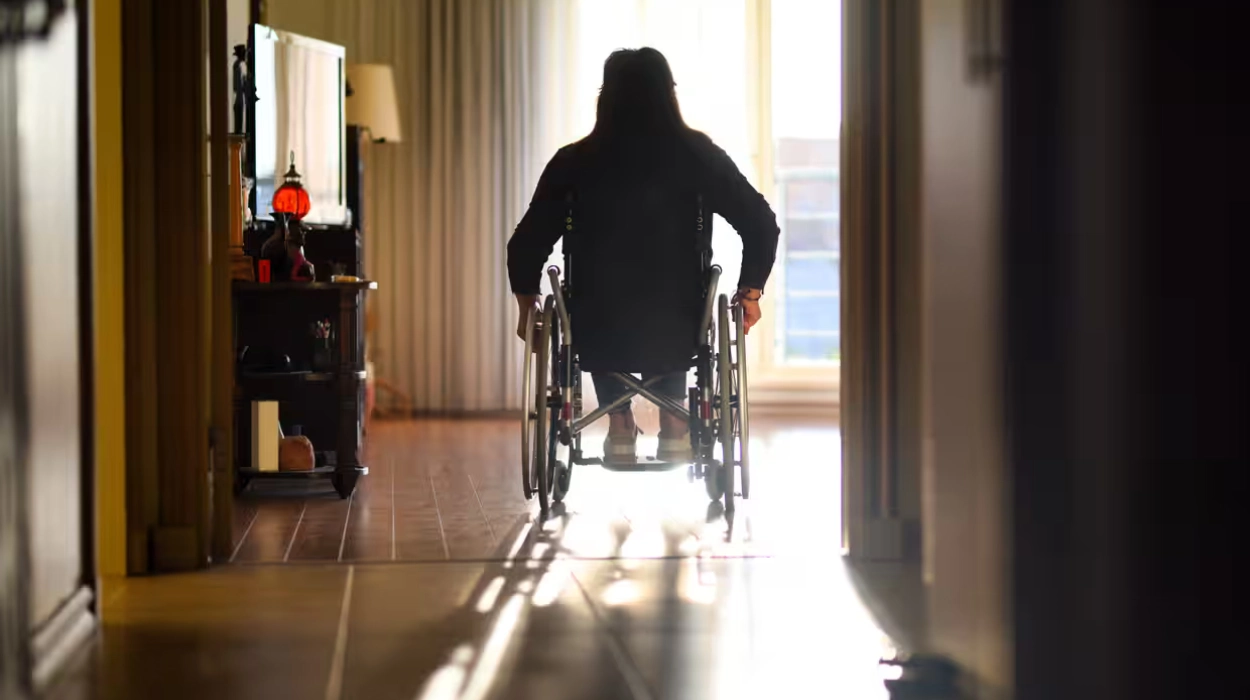London (Parliament Politics Magazine) – Inclusion London’s findings reveal that only a small percentage of new homes approved in London meet the needs of disabled and elderly people.
A new report shows that just 3% of newly approved homes in London last year were designed to accommodate older or disabled individuals.
What did Inclusion London’s report reveal about accessible housing in London?
The report by the disabled people’s organisation Inclusion London also found that less than 1% of newly approved homes are designed so wheelchair users can live in them.
An upcoming report by Inclusion London, set to be published next week, discloses the housing challenges in London. It highlights the shortage of accessible housing and also explains its impact on individuals’ physical and mental health.
Inclusion London using Freedom of Information requests submitted to all London councils, the Observer expanded the inquiry across England. The results indicated that about 55,249 individuals are on waiting lists for disabled-access social housing, based on responses from around half of England’s local authorities.
What did Inclusion London’s CEO say about housing targets?
Tracey Lazard, the chief executive of Inclusion London, stated,
“It is a scandal that compliance with accessibility targets in London is so low,”
adding
“It is a clear indication that it’s not a priority at all levels to build the homes disabled people need.”
Ms. Lazard highlighted ineffective monitoring, limited resources, and a flawed system that allows developers to bypass regulations as the major reasons for the lack of accessible housing.
She added,
“Our research shows a shocking shortage of accessible homes across all tenures in London, but it is particularly acute in the social rented sector.”
How many homes in London are meeting accessibility standards?
Inclusion London, referring to data from the Planning London Datahub, revealed that a mere 3% of homes approved for development in 2023/24 met the necessary building regulations to make them fit for older people, individuals with mobility challenges, and certain wheelchair users.
It reported that only 0.8% of newly approved homes in 2023/24 were designed to meet the stricter criteria for wheelchair-accessible living spaces.
How did the Mayor of London’s office and the housing ministry respond?
A representative from Sir Sadiq Khan stated,
“It is the responsibility of local planning authorities to determine whether planning applications comply with the London Plan. We continue to work with local authorities to ensure more homes meet the needs of all Londoners.”
A spokesperson for the Ministry of Housing, Communities, and Local Government said the government will soon reveal plans for accessible new-build housing policies.
What challenges did local citizens face in accessing accessible housing?
Steph, a West London resident with several chronic health issues that she calls “dynamic disability” due to their fluctuating nature, applied for accessible social housing at 18. She was later offered temporary housing in a unit designed for neurodivergent young people, where she was the only person with physical disabilities.
She stated,
“Many disabled people live in temporary accommodation where adaptations aren’t permitted because it’s considered temporary, yet many of us stay there for years, making it far from temporary.”
Ms. Steph stated that councils fail to recognize the importance of establishing safe living spaces for disabled individuals to communicate and share experiences.
What are the current statistics on accessible housing in London?
In London, approximately 104,000 disabled people are waiting for accessible and adaptable homes. If construction rates remain the same, the waiting time for a new wheelchair-accessible house could take as long as 47 years.
In England, a shocking 91% of homes do not meet necessary accessible features, making them unfit for many individuals. Over 400,000 wheelchair users are living in homes that have not been adapted or made accessible.
The Greater London Authority has set a rule since 2004 that 90% of new homes should be adaptable, with 10% designed as wheelchair-accessible from the start. Recent findings reveal that 74% of homes scheduled for 2030 will meet these accessibility standards, a significant drop from 88% in previous years.


